When you’re preparing to sell your home, there are some repairs that need to be made, for sure, but do you know what not to fix when selling a house? Yes, you still need to prioritize essential repairs and updates that enhance safety, functionality, and aesthetic appeal. You’ll want to focus on cost-effective improvements with a high return on investment, such as minor kitchen and bathroom updates, basic landscaping for curb appeal, and necessary paint touch-ups.
However, your home doesn’t need a complete overhaul. In fact, you want to avoid extensive and costly renovations that may not significantly increase the home’s value. It’s important to understand your market and make strategic improvements that can lead to a successful and profitable home sale.
When preparing to sell a home, homeowners are often faced with the critical decision of what to fix and what to leave as-is. This decision-making process is crucial for several reasons, which include:
- Maximizing Return on Investment (ROI): Unfortunately, not all home improvements offer the same return on investment. Some repairs can significantly increase a home’s value, while others may cost more than they add to the sale price. Understanding which improvements have the best ROI can help sellers invest their money wisely.
- Budget and Time Constraints: Most sellers work with a schedule and a certain budget. Huge improvements can take a lot of time and money, which might delay the home’s listing and increase carrying costs. Sellers can make better use of their resources if they zero in on the most pressing issues and avoid extraneous tasks.
- Buyer Expectations and Market Trends: Where and what kind of home a buyer is looking for can have a significant impact on the real estate market. Home improvements may not be as crucial in certain markets since buyers would rather have the freedom to make renovations to suit their tastes. If they want to know which upgrades will attract the most buyers, sellers should research their target market.
- Avoiding Over-Improvement: A house could be considered over-improved for its neighborhood if it is noticeably nicer than the rest of the properties in the area. This can make it difficult to sell the house for enough money to pay for the renovations since the asking price might be too high compared to the current market value.
- Focusing on What Really Matters: Some things just can’t wait, like structural difficulties or old electrical systems, and those things need fixing. However, small flaws or cosmetic concerns might not sway a buyer’s choice. When listing a home for sale, sellers must identify which repairs are essential and which aren’t.
- Emotional Attachment and Objectivity: Because of the emotional investment homeowners have in their homes, they may fail to see the need for required repairs. You need to be objective about what needs fixing and unaffected by the homeowner’s preferences if you want to make improvements that everyone can appreciate.
- Inspection and Negotiation Leverage: When it comes to home inspections and negotiations, major problems that have not been addressed could end up being subjects of conflict. Fixing these issues before a sale even starts will make the whole process go more smoothly and remove any obstacles that may prevent the sale from going through.
Ultimately, when deciding what repairs to do to a house before selling it, it’s important to strike a balance between increasing the property’s resale value and keeping the investment in repairs within reasonable limits while still meeting current market needs. When you give these decisions your full attention, you can increase the likelihood of a successful and lucrative house sale.
What Not to Fix When Selling a House: Bathroom Repairs
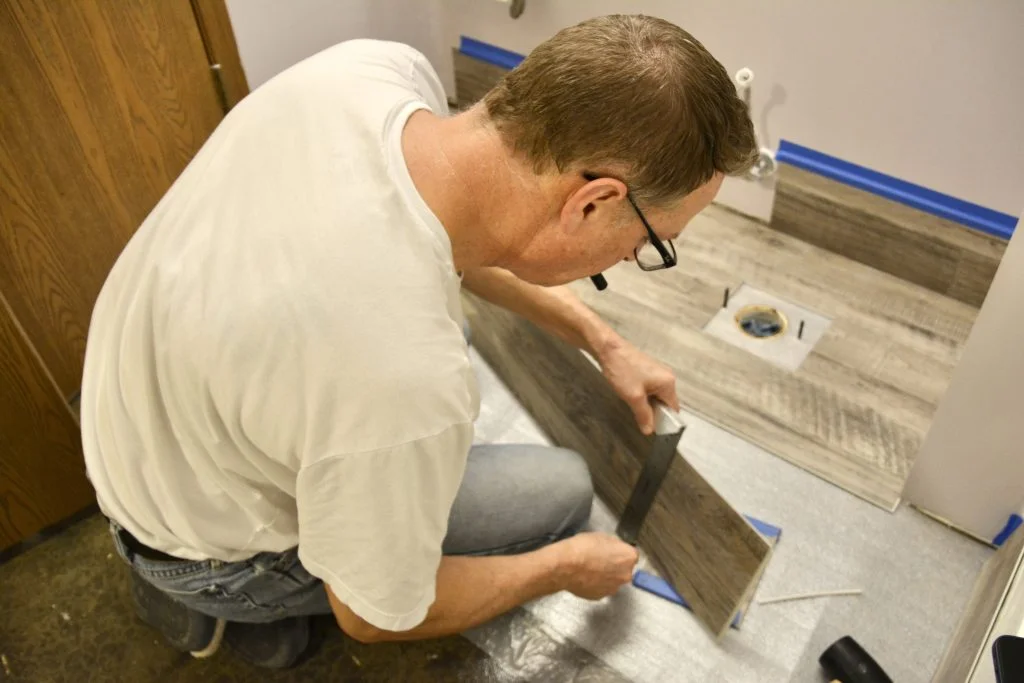
Some bathroom repairs are necessary while getting your house ready to sell, and others might not be worth the money. Remodeling a bathroom from top to bottom isn’t always necessary to make it more marketable.
Avoiding Over-Renovation in Bathrooms
In most cases, real estate agents will tell you not to renovate your kitchen too drastically unless you absolutely must. According to Remodeling Magazine’s Cost vs. Value Report for 2023, you could see up to an 88.5% ROI for a simple minor kitchen remodel, whereas a major kitchen overhaul only grants a 31.7% ROI. Instead of tackling major overhauls, focus on fixing functional concerns.
What Not to Fix in Bathrooms
- Extensive Tile Work: It may take a lot of time and money to replace all of the tiles in a bathroom. Unless the tiles are severely broken, you might want to think about re-grouting or cleaning them instead.
- High-End Upgrades: Stay away from flashy decorations and costly fixtures. As a general rule, homebuyers aren’t looking for or willing to spend more on fancy features.
- Complete Layout Changes: Changing the arrangement of the entire bathroom is rarely necessary and can be quite expensive with little payoff. Unless it’s absolutely necessary, avoid changing the layout of the bathroom at all costs.
What Not to Fix When Selling a House: Kitchen Repairs
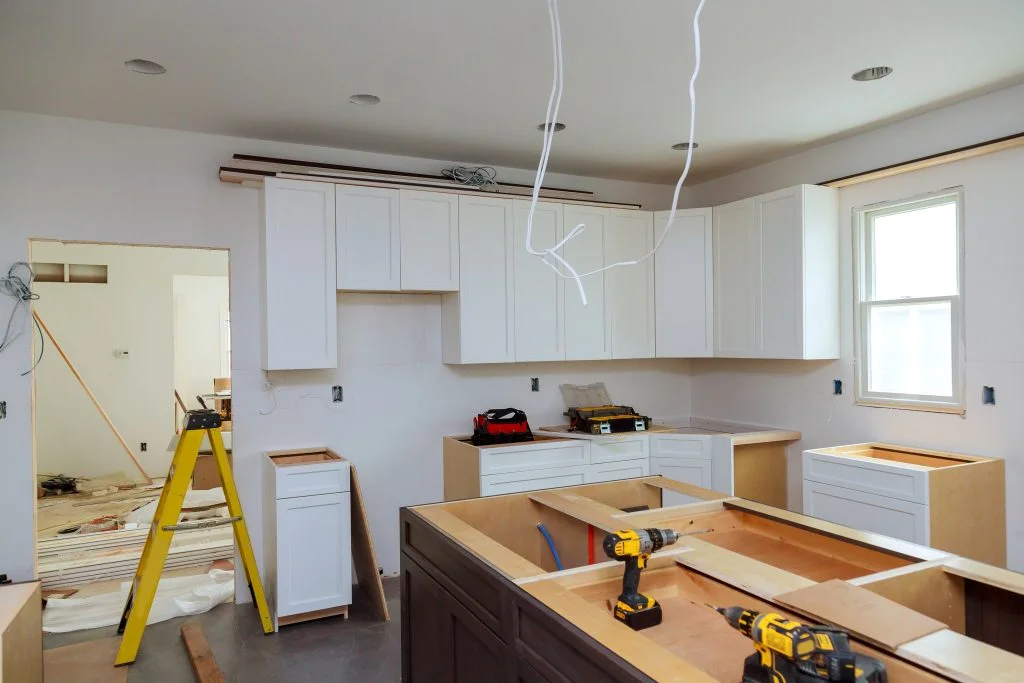
In real estate, the kitchen is often the first room buyers see, but that doesn’t imply it has to be a total remodel. You can save money and effort without sacrificing the kitchen’s appeal to potential buyers if you know what not to renovate.
Avoiding Unnecessary Kitchen Overhauls
According to the National Association of Realtors, you can’t go wrong with a kitchen remodel—you’ll always get a decent return on your investment. If you opt for a complete kitchen overhaul, you could expect to spend upwards of $65,000 (the average range is actually between $14,000 to $41,000). At this price point, you could expect to net a 75% ROI. However, if you’re trying to stick to a modest budget, you could still see a 67% ROI on a simple kitchen upgrade.
What Not to Fix in Kitchens
- Luxury Appliance Upgrades: In most cases, you won’t need to replace your high-end appliances. Unless the current appliances are in really bad shape, a good cleaning and maybe some small repairs are probably enough.
- Complete Cabinet Replacements: Instead of completely replacing cabinets, consider repainting or refacing them for a fresh look. Don’t forget to update the hardware!
- Overly Specific Design Choices: Avoid highly personalized designs or colors. Neutral, broadly appealing choices are more likely to resonate with a wider range of buyers. Architectural Digest lists Upward by Sherwin-Williams, Skipping Stones by Dunn-Edwards, and Cracked Pepper by Behr as some of 2024’s top colors.
It is possible to have a clean, practical, and visually beautiful area in either the kitchen or the bathroom without spending a fortune on renovations. Often times, improving the functionality, giving it a new coat of paint, and making sure it looks neat can be more useful than doing a complete overhaul, which can be costly and time-consuming.
What Not to Fix When Selling a House: Flooring

Before putting your house on the market, it’s important to take a look at the flooring to see what needs replacing and what can stay. Refinishing all of the flooring is a big expense that isn’t always necessary when selling a house.
Avoiding Unnecessary Flooring Renovations
Many real estate agents would tell you not to tear up your floors and replace them with new ones if they are still in decent condition. While new flooring may be appealing to buyers, the return on investment varies, according to the National Association of Realtors. Smaller fixes or cosmetic touch-ups can often be done at a lower cost while still making a big difference to the home’s desirability.
What Not to Fix in Flooring
- Complete Carpet Replacement: Professional carpet cleaning can usually restore carpets to a saleable condition if they are not severely damaged or discolored.
- Replacing Hardwood with More Expensive Options: If your home currently has hardwood flooring, consider yourself lucky! Instead of replacing hardwood flooring, refinishing it is more than acceptable. Plus, you can expect to see a 147% ROI on refinished hardwood.
- Over-Upgrading: You shouldn’t invest in high-end or specialized flooring, like marble, exotic hardwood, or designer tiles, to name a few. Generally speaking, neutral or mid-range solutions are better because they appeal to a wider variety of buyers.
What Not to Fix When Selling a House: Lighting
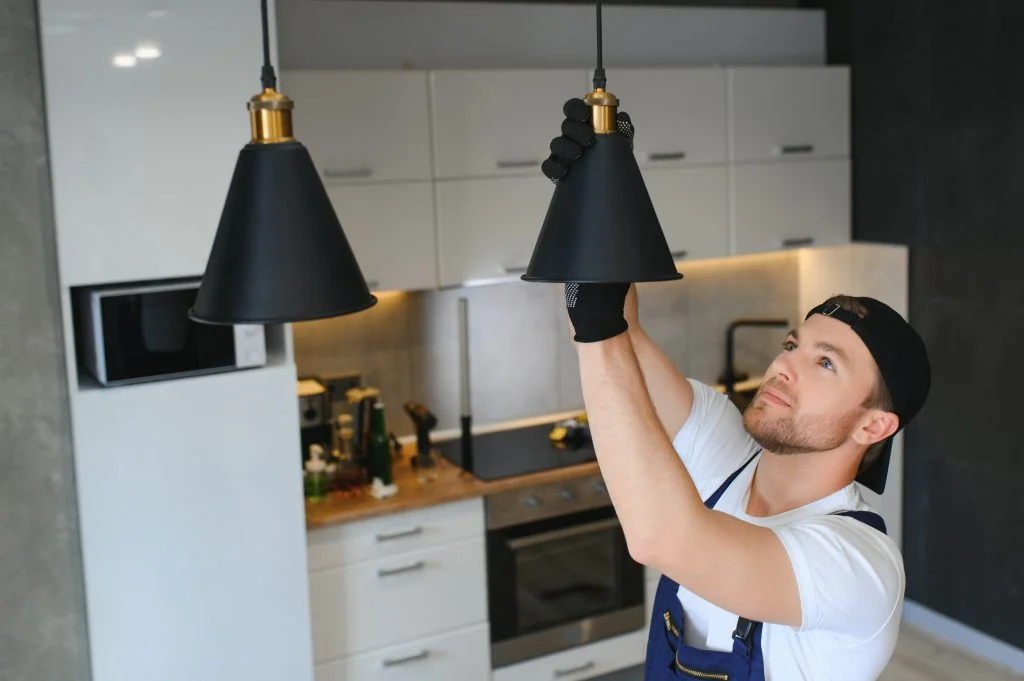
While it’s true that lighting is an important part of making a house seem its best, updating or renovating the lighting isn’t always necessary to get a house sold.
Avoiding Over-Investment in Lighting
Having well-lit rooms is crucial, but real estate agents will tell you that it’s not always necessary to spend a ton of money updating your lights before listing your house. In many cases, all that is needed is lighting that is both practical and visually beautiful. That said, you do need to fix any broken or old fixtures while also making sure the house is well-lit.
What Not to Fix When Selling a House: Windows and Doors
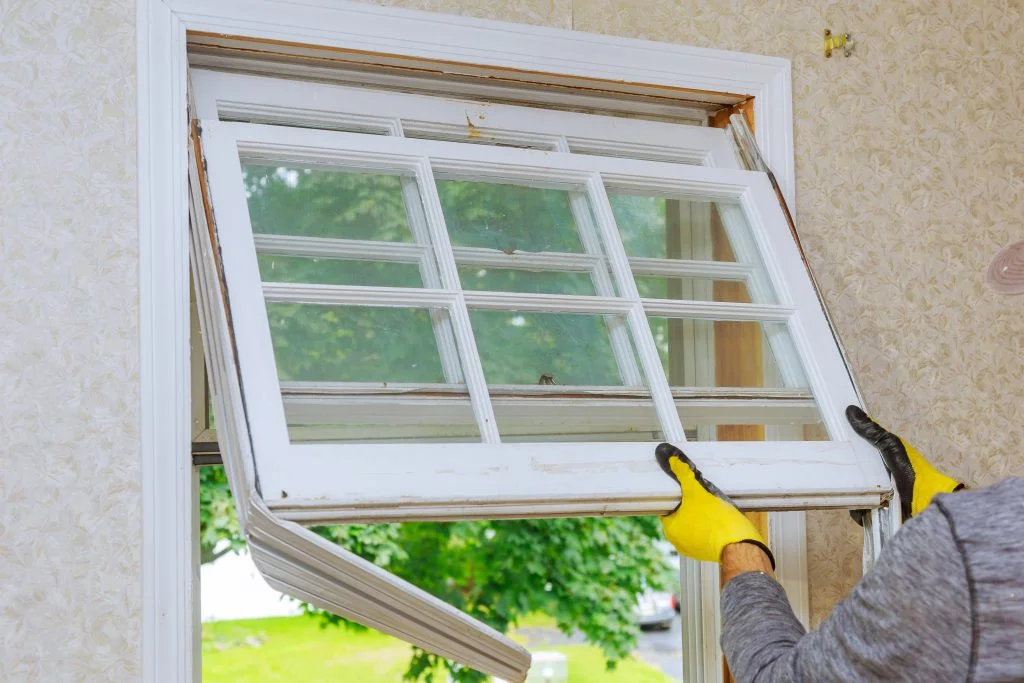
While it’s important to check your windows and doors to ensure they work properly and are up to code, sometimes you don’t have to replace or repair them to list your property. You can save a lot of money and maintain the aesthetic of your home’s exterior if you know which windows and/or doors can be left untouched.
Avoiding Unnecessary Replacements in Windows and Doors
Replacement windows and doors might not be required unless they are in really bad shape, according to real estate agents. The most important thing is to make sure it works and looks good. However, if the current windows and doors are still in decent shape, replacing them may not always result in a good return on investment (ROI), as stated in a report by the National Association of Realtors. Replacing a garage door, for example, will have a 100% ROI, but you’ll only see a 60% to 67% ROI if you update the windows and doors.
What Not to Fix in Windows and Doors
- Complete Window Replacement: Simpler repairs, such as caulking gaps or painting frames, can be good enough if the windows aren’t completely cracked or severely damaged.
- High-Cost Door Replacements: If the front door isn’t notably damaged or worn out, it’s usually enough to just give it a new coat of paint or some new hardware.
- Upgrading to High-End Models: Avoid installing overly expensive or specialized windows and doors. The focus should be on ensuring they are secure, functional, and presentable.
What Not to Fix When Selling a House: Electrical and Plumbing
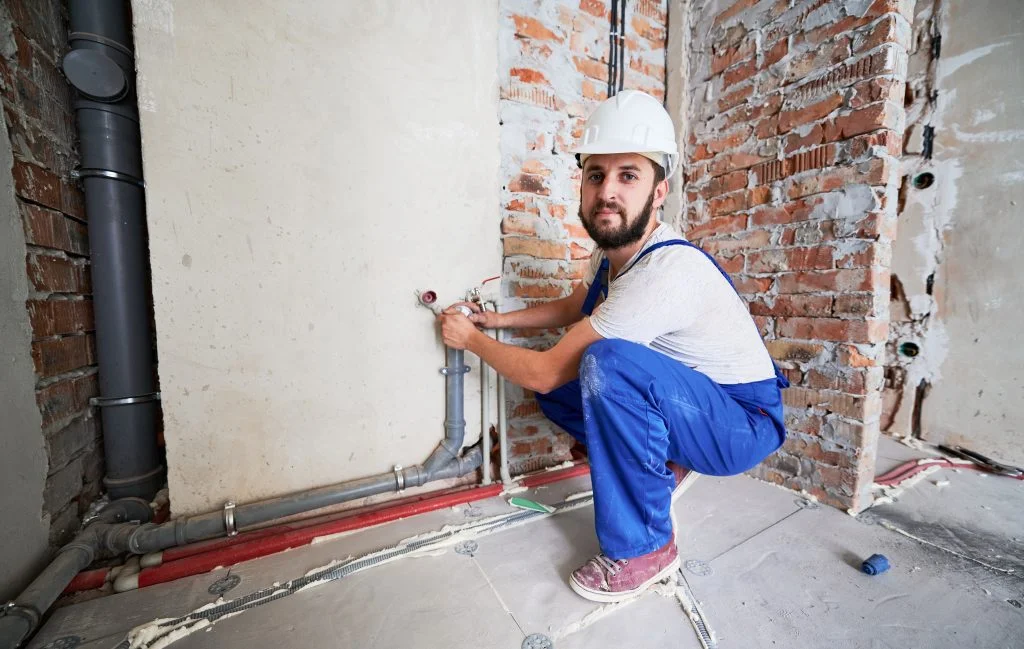
When getting a house ready to sell, it’s important to check the electrical and plumbing systems. In most cases, though, a full redesign of these systems isn’t required until serious, unsolved problems exist.
Avoiding Comprehensive System Overhauls
Houses seldom need to have their entire plumbing and/or electrical systems replaced before they can be sold. Professionals in the real estate industry have voiced the opinion that these devices must perform correctly and adhere to minimum safety requirements. Homeowners risk going into debt to make renovations that don’t add value to their property.
What Not to Fix in Plumbing and Electrical
- Extensive Plumbing Renovations: It is usually enough to do little repairs or localized changes (like fixing a faucet that continuously drips or unclogging a slow drain) unless there are big, persistent problems like systemic difficulties (a cracked tub or an improperly installed sump pump) or serious leaks.
- Complete Electrical Rewiring: If there are current safety issues, then complete rewiring should be looked into. Otherwise, fixing individual problems, such as broken outlets or replacing extremely old fixtures, can be enough.
- Installing High-End Fixtures: Putting in fancy plumbing or electrical systems is tempting, but you should resist the urge. Generally speaking, a wider variety of buyers are drawn to options that are simple, contemporary, and practical.
What Not to Fix When Selling a House: Roof and Home Exterior
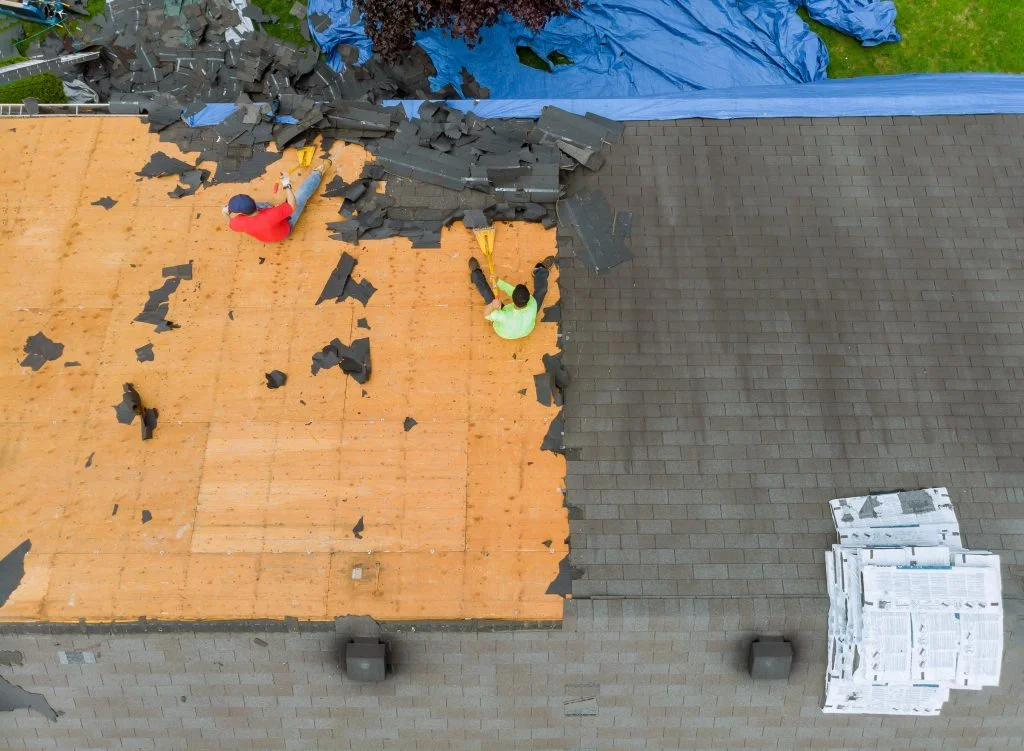
As one of the first things a prospective buyer notices about a house, the roof’s condition and appearance are important factors in the home’s curb appeal. But not every problem needs major fixes or replacements; knowing what to prioritize might help you get your house ready to sell.
Prioritizing Essential Repairs Over Complete Overhauls
Keeping the roof and exterior in good repair is essential when selling a home, but major renovations are usually unnecessary. Repairs that impact the home’s structural integrity and aesthetic appeal should be prioritized, according to real estate experts.
That said, even though you may get a 100% ROI when you install a new roof, you might not have the $6,700 to $80,000 to get it done. Likewise, you may only see an 82% to 86% ROI if you decide to replace the siding on your entire home. So, a good rule of thumb is that if it’s in good condition, save your money and focus on smaller projects.
What Not to Fix in Home Exteriors and Roofs
- Full Siding Replacement: Unless the siding is severely damaged, repairs or partial replacements may be sufficient. Sometimes, even a good power wash can significantly improve the siding’s appearance.
- Complete Roof Replacement: If the roof is not leaking or severely damaged, minor repairs or localized fixes can be more cost-effective. Replacing a few broken shingles or tiles is usually enough to maintain the roof’s integrity.
- Overly Expensive Materials: Avoid using high-end materials for exterior renovations that may not add equivalent value to the property. Consider using mid-range, durable materials like aluminum, stone veneers, or stucco that enhance the home’s appearance and functionality.
The logical approach is to focus on keeping the home’s exterior and roof in good condition from the start, which would eliminate the need to make any major and expensive upgrades. Potential buyers tend to be much more impressed by a home that has been well-maintained, has no structural problems, and has had the necessary repairs handled. Before putting your house on the market, it’s in your best interest to examine the condition of these features and talk to the pros to decide what the most effective yet inexpensive ways are to improve its appearance.
What Not to Fix When Selling a House: Painting
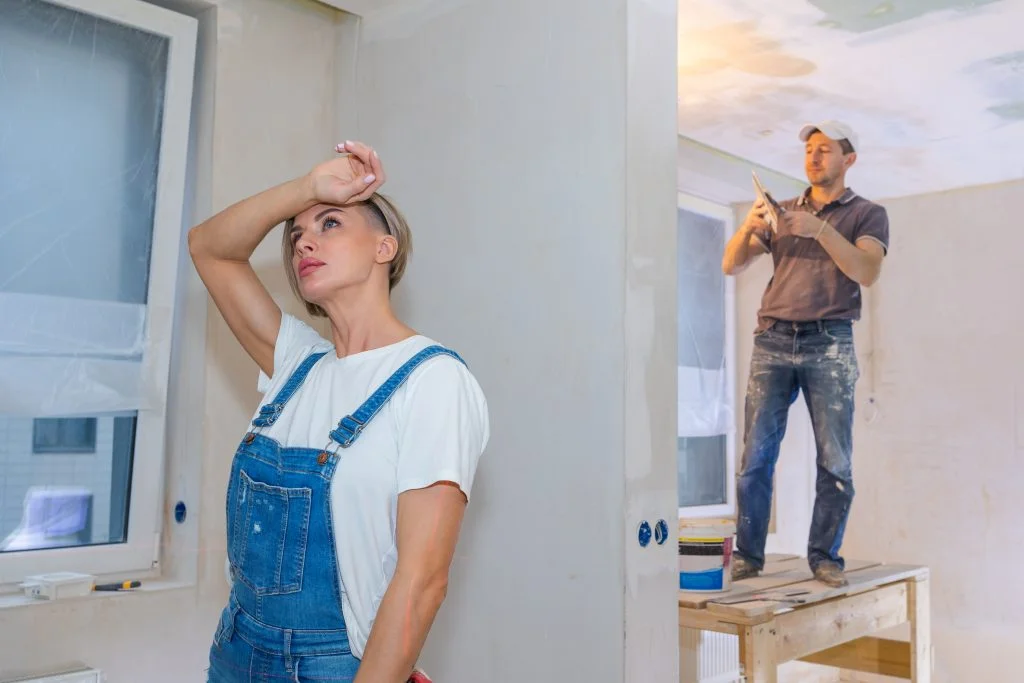
Paint can make a significant difference in the look of your home without needing a total repaint. And so, real estate agents usually recommend sellers work on high-traffic areas (entryways, kitchens, hallways, etc.) first.
By painting the interior, you can expect to see a 107% ROI, which certainly makes it worth the elbow grease needed to do the job yourself. If you paint the home’s exterior, Bob Vila estimates that you could see a whopping 150% ROI!
What Not to Fix with Paint
- Repainting Every Room: Unless the existing colors are particularly bold or off-putting, you may not need to repaint every room. Instead, focus on areas with chipped paint, stains, or very outdated colors.
- Excessive Exterior Painting: For the exterior, unless there is noticeable damage or fading, often a touch-up is sufficient. Complete exterior repainting can be a large and sometimes unnecessary expense.
- High-Cost Paint Options: While quality paint is important, ultra-premium options might not yield a return on investment commensurate with their cost. Choose mid-range-quality paint that offers durability and a good finish.
When selling a house, painting is a great way to give it a facelift, make it look more maintained, and attract potential buyers. The use of light, neutral colors that elongate and brighten rooms is a common practice, as is fixing any imperfections that would diminish the home’s curb appeal. Considering the home’s existing condition and market trends, you can make smart paint choices that will increase the property’s appeal without breaking the bank.
Top FAQs
1. How do I decide which repairs are most important when selling my home?
Focus on repairs that directly impact the home’s safety, functionality, and overall appearance. Prioritize issues that could be flagged during a home inspection or turn off potential buyers.
2. Should I update my kitchen and bathroom before selling?
Minor updates that refresh these spaces can be beneficial, but avoid extensive renovations unless necessary. Simple changes, like new fixtures or a fresh coat of paint, can be more cost-effective.
3. Is it worth it to replace flooring before selling?
If the existing flooring is in good condition, consider professional cleaning or minor repairs rather than full replacement. Address severely damaged or outdated flooring that could detract from the home’s value.
4. How important is exterior curb appeal when selling a home?
Very important. The exterior is the first thing potential buyers see. Focus on making the home look well-maintained and welcoming, but avoid extensive landscaping projects that may not increase home value proportionately.
5. Do I need to repaint my entire house before selling?
Not necessarily. Focus on areas where paint is faded, chipped, or in an outdated color. Neutral colors are preferred for their broad appeal.
Final Thoughts About What Not to Fix When Selling a House
To sum up, if you want to get the most money out of your home improvement and repair projects when you’re getting ready to sell them, you need to do your research. Don’t waste money on cosmetic upgrades that won’t increase your home’s worth; instead, concentrate on fixing things that really need fixing so that the house looks better and functions properly. A lot may change in the sale process if you know your target market, so be mindful to keep your budget in check and prioritize improvements with the best return on investment. Your home will be more appealing to buyers and more likely to sell quickly if you make the right repairs and know what not to fix when selling a house.




